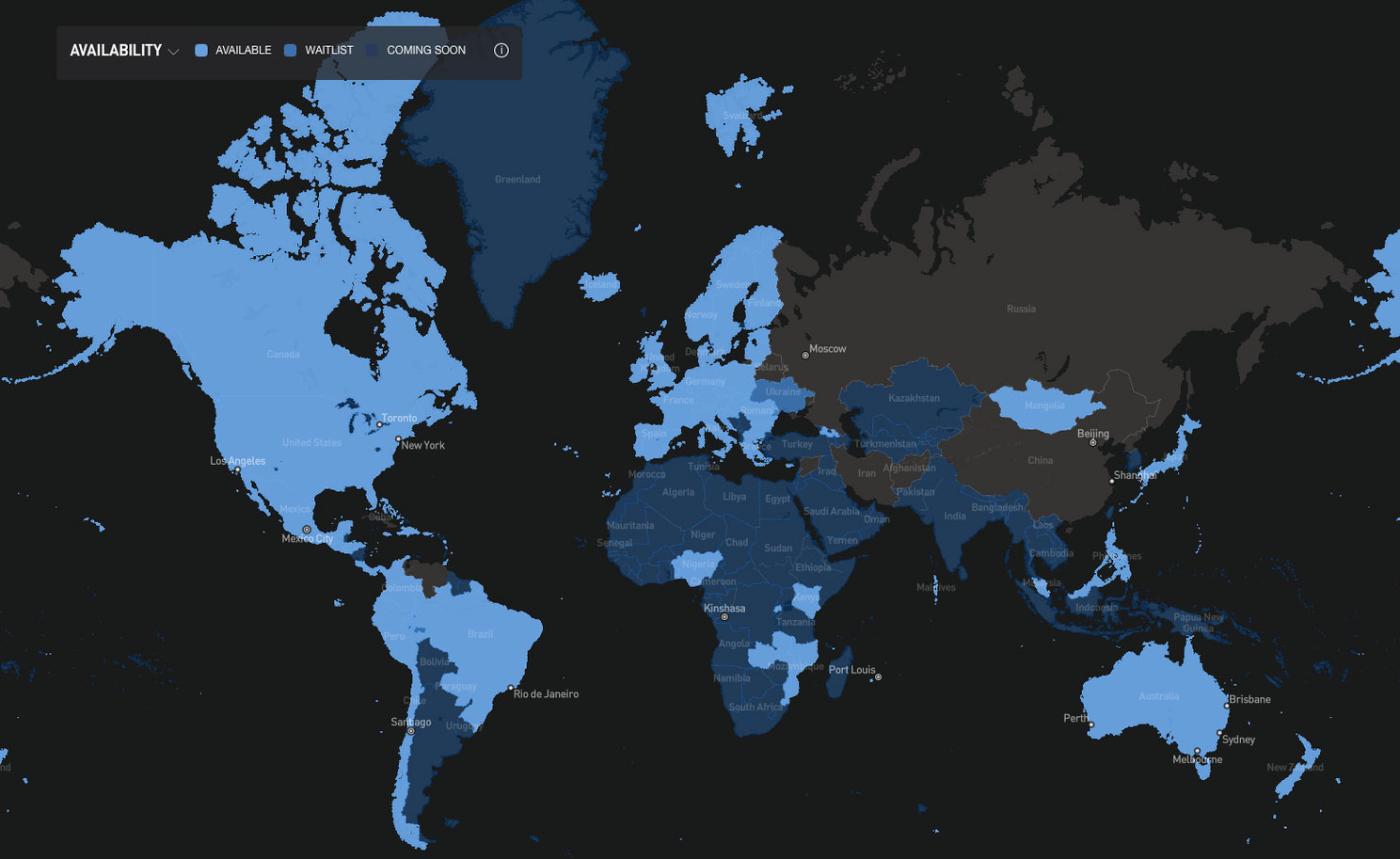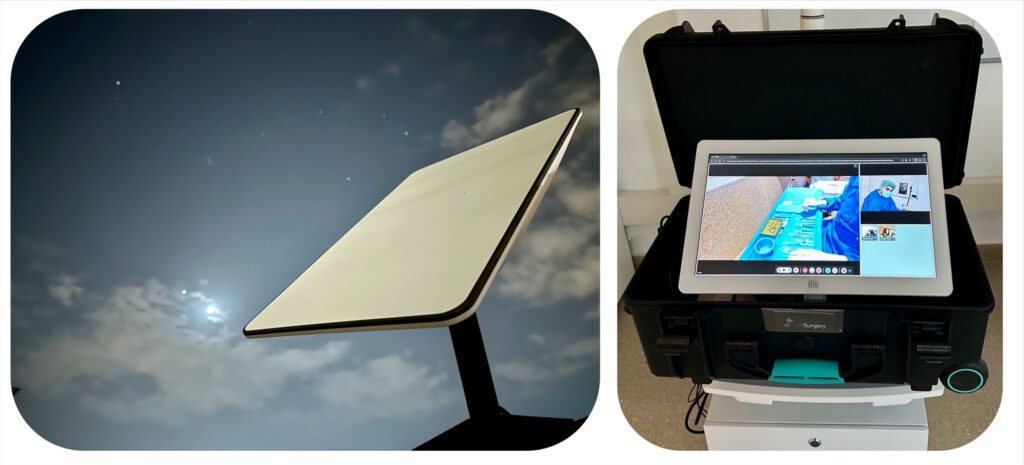The centralization of healthcare systems has led to a concentration of expert surgeons in urban areas, leaving some rural or isolated locations with minimal resources for routine tasks. Additionally, a concerning problem of accessibility to the specialized surgical system is the surgical needs that occur in areas that are difficult to access or relocate, such as the armed forces, conflict zones, or space missions (International Journal of Surgery).
Several studies reveal that around 5 billion people lack safe and timely access to surgical services, resulting in a total of 18 million preventable deaths per year. This problem is even more worrying when referring to developing countries, where up to 93% of the population in most African and South Asian countries lack access (Lancet).
In this sense, mSurgery emerges as a disruptive and enabling technology, allowing international surgical collaborations in real-time, significantly improving the dispersion of surgical techniques, enabling medical personnel to perform different procedures, and increasing the prospects of success of interventions in these areas.
However, the surgical difficulties encountered in these isolated areas often go hand in hand with problems or lack of internet connectivity, hence the importance of having different connectivity solutions to solve these problems. That is why mSurgery acknowledges the importance of supporting various connectivity scenarios and being equipped to operate effectively even in the most challenging conditions.
Starlink: Global Satellite Connection
Starlink is a project developed by SpaceX, a space technology company founded by Elon Musk. It consists of a constellation of satellites in Low Earth Orbit (LEO) designed to provide high-speed internet access in remote and rural areas worldwide, especially where internet connections are limited or nonexistent. That is achieved by transmitting internet signals from satellites in orbit to a ground-based receiving antenna, which distributes the signal to household or commercial devices.
Starlink offers domestic and commercial accounts, ensuring download speeds from 40 to +220 Mbps and upload speeds from 8 to +25 Mbps, with an average latency of 20 to 60 ms. It currently has coverage in most of Europe, Australia, Siberia, North America, and South America, as well as some of Africa’s countries, with a projection to expand to the rest of Africa and Europe by 2025.

mSurgery + Starlink
mSurgery can operate with different connectivity technologies, including satellite connection (Starlink), which is of special interest in remote areas or areas lacking coverage from commercial mobile networks with minimal conditions of use. In this regard, its connectivity functionalities have been optimized to the maximum, allowing for bidirectional communication with the necessary quality and stability, even under adverse network conditions. Additionally, its dynamic layout allows configuring only the necessary video sources for each intervention, thus optimizing bandwidth consumption.
Several connectivity tests were designed to evaluate the performance of mSurgery with the Starlink network. For this purpose, mSurgery was connected to the Starlink network with the Residential Standard plan from Malaga (Spain). Using this connection, a 30-minute surgical session was simulated, with two high-definition video sources and one audio source for transmission. For the reception, we simulated 2 experts (proctors) connected with audio and video from each destination point. Both send and receive were forced to 30 Mbps which is approximately 65% over the real bandwidth needed for this test, in the aim to stress the system.
The destination connection points were in Australia, Singapore, the East Coast of the United States, France, and Germany. The results showed an upload average of 29.02 Mbps, a jitter* of 0.6376 ms, with a packet-loss** of 0.69% for transmission; and a download average of 28.84 Mbps, a jitter of 0.5288 ms, with a packet-loss of 0.92% for reception. The average point-to-point latency was 152.87 ms, it is important to note that this parameter is directly affected by the distance between the connection points, obtaining an average of 54.27 ms for locations in Europe and an average of 218.60 ms for the rest of the locations.

Conclusions
The results obtained in the tests fall within acceptable ranges and demonstrate that the established connection is stable, reliable, and smooth, ensuring the safety of remote collaborations.
The combination of nearly global internet coverage thanks to Starlink along with the adaptability and versatility of the mSurgery platform opens the door to bringing surgeries to the most remote places in the world. In this sense, countries in the African continent such as Kenya or Nigeria, or regions in South America like the Amazon rainforest, could greatly benefit from being able to perform surgical interventions that are currently impossible due to the lack of qualified personnel.
*jitter: variability in latency. Low jitter is indicative of a stable connection. An acceptable jitter should stay below 30 ms.
**packet-loss: occurs when a network packet fails to reach its expected destination, resulting in information loss. A packet loss rate of 1% or less is considered acceptable.
